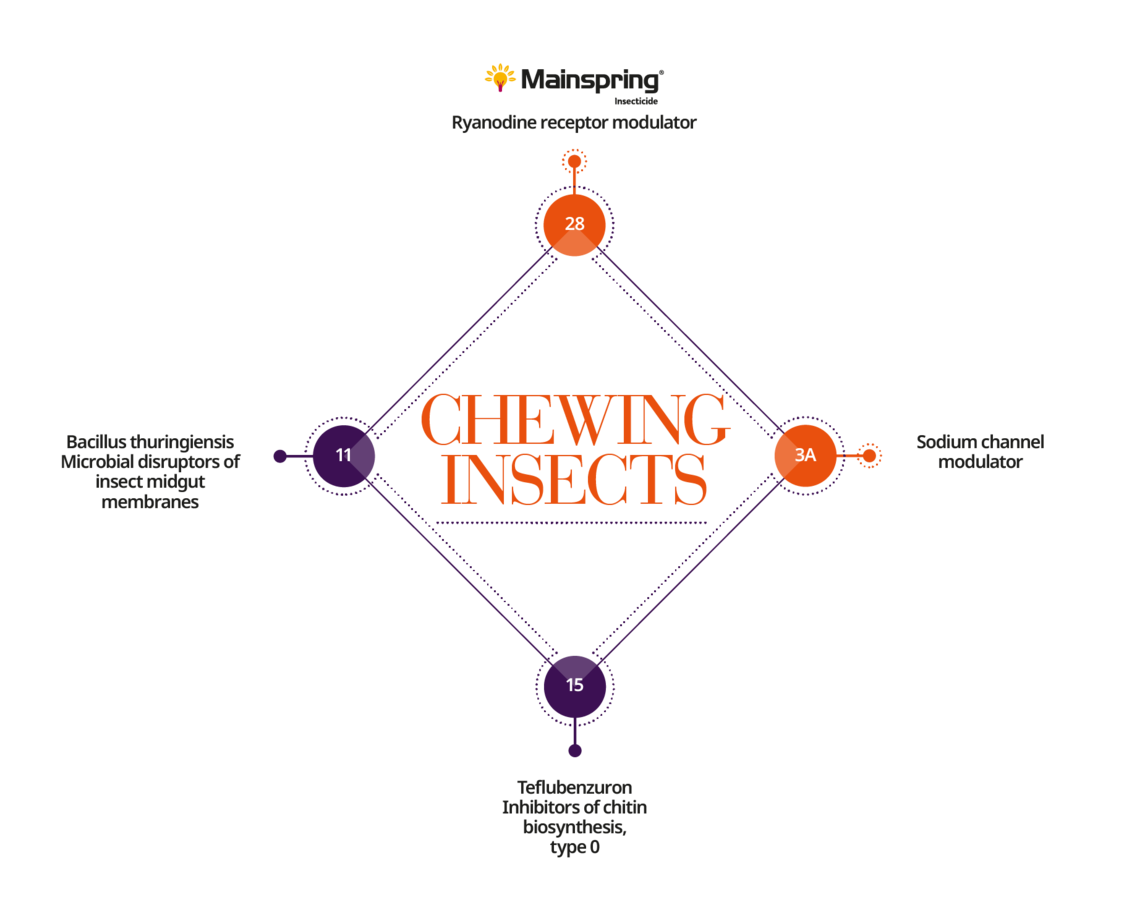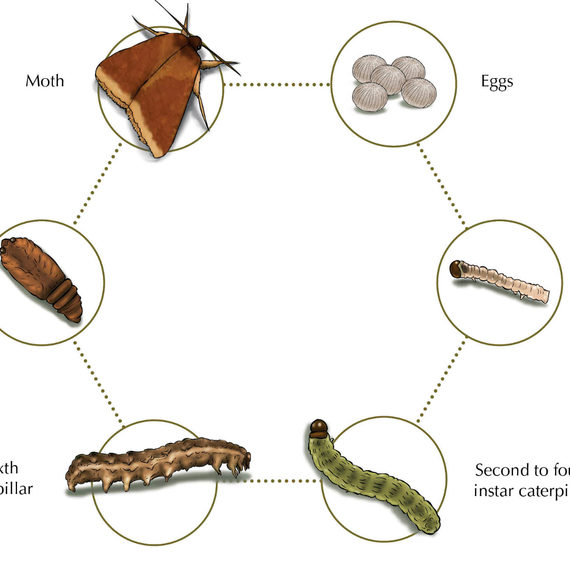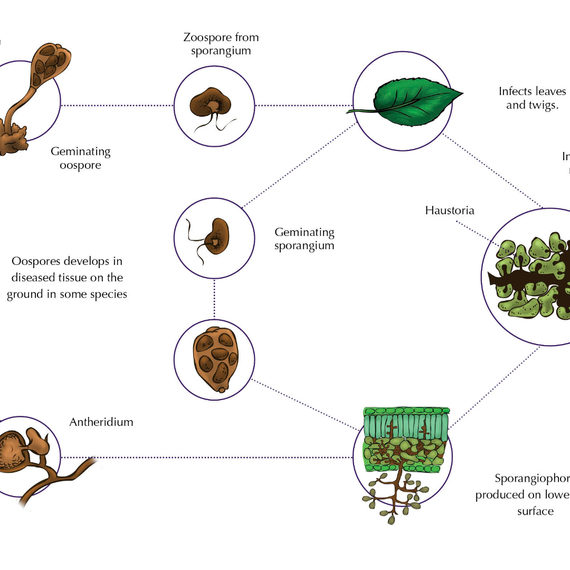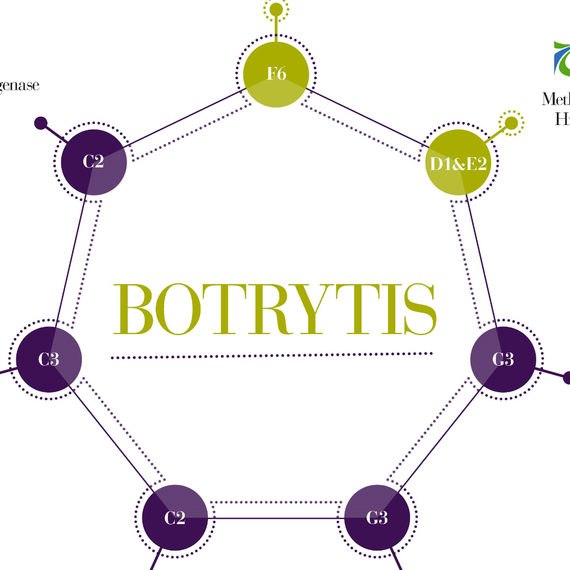The caterpillar is the larval stage of the butterfly or moth and it can cause significant damage to the leaf, stem or petals. They eat complete holes, cause window damage and also contaminate the plant with its faeces. Monitoring butterflies or moths can be useful for planning the timing of the first use of a plant protection product. The younger the caterpillar, the more sensitive it is to crop protection products. Good spraying technique is also essential due to the difficulty targeting them with a spray application.
In the graphic below are Syngenta products as well as other active ingredients available on the market.
To prevent a crop developing resistance it is important that you alternate between the different active ingredients. It is important to pay attention to the mode of action the product has. Rotation of products is a key strategy but it’s important those products have different FRAC codes, as this can reduce further resistance development. Ensure your program takes this into account.
If you are in a situation where products with the same mode of action are applied twice in a row, moving to another product with a different FRAC group becomes more even more important.



